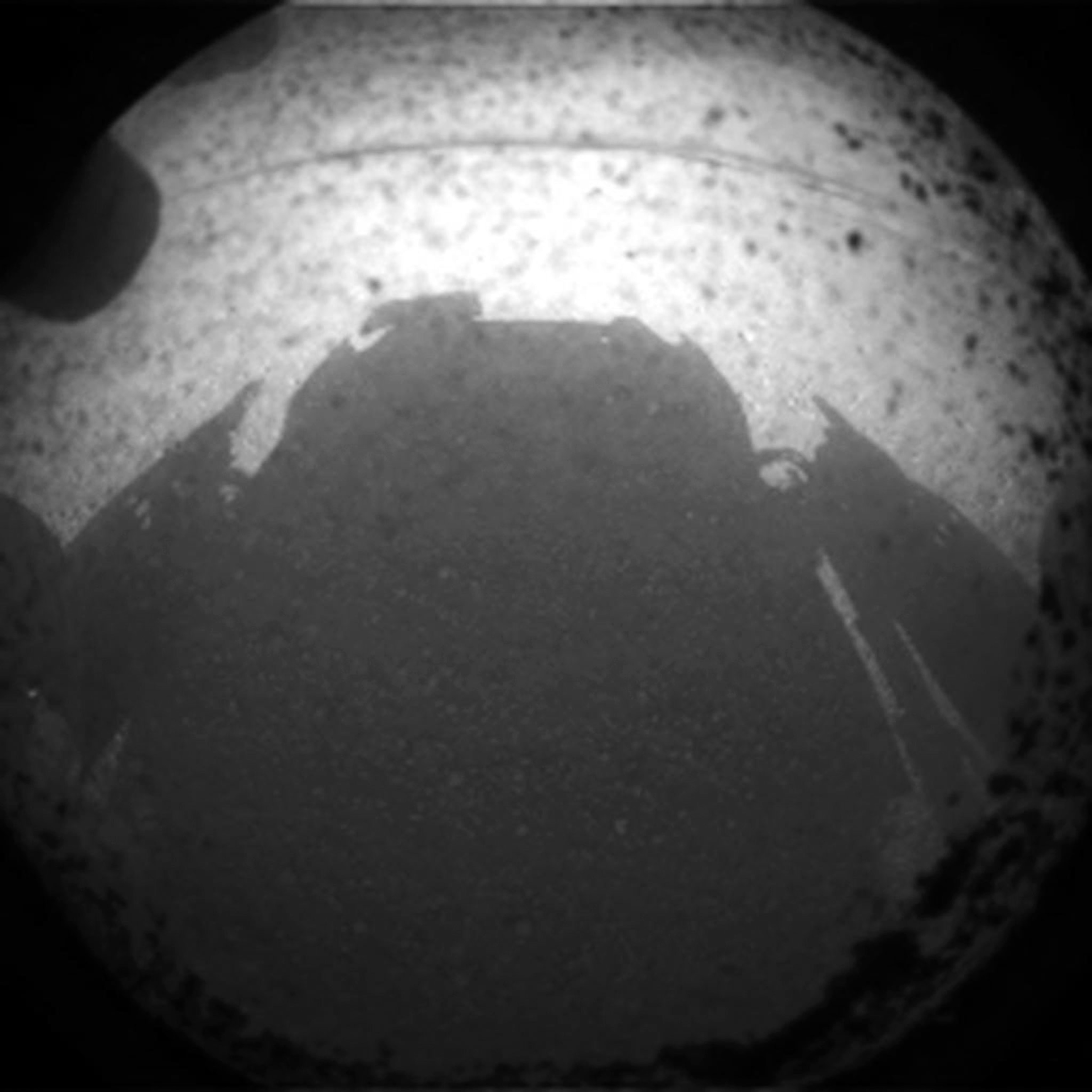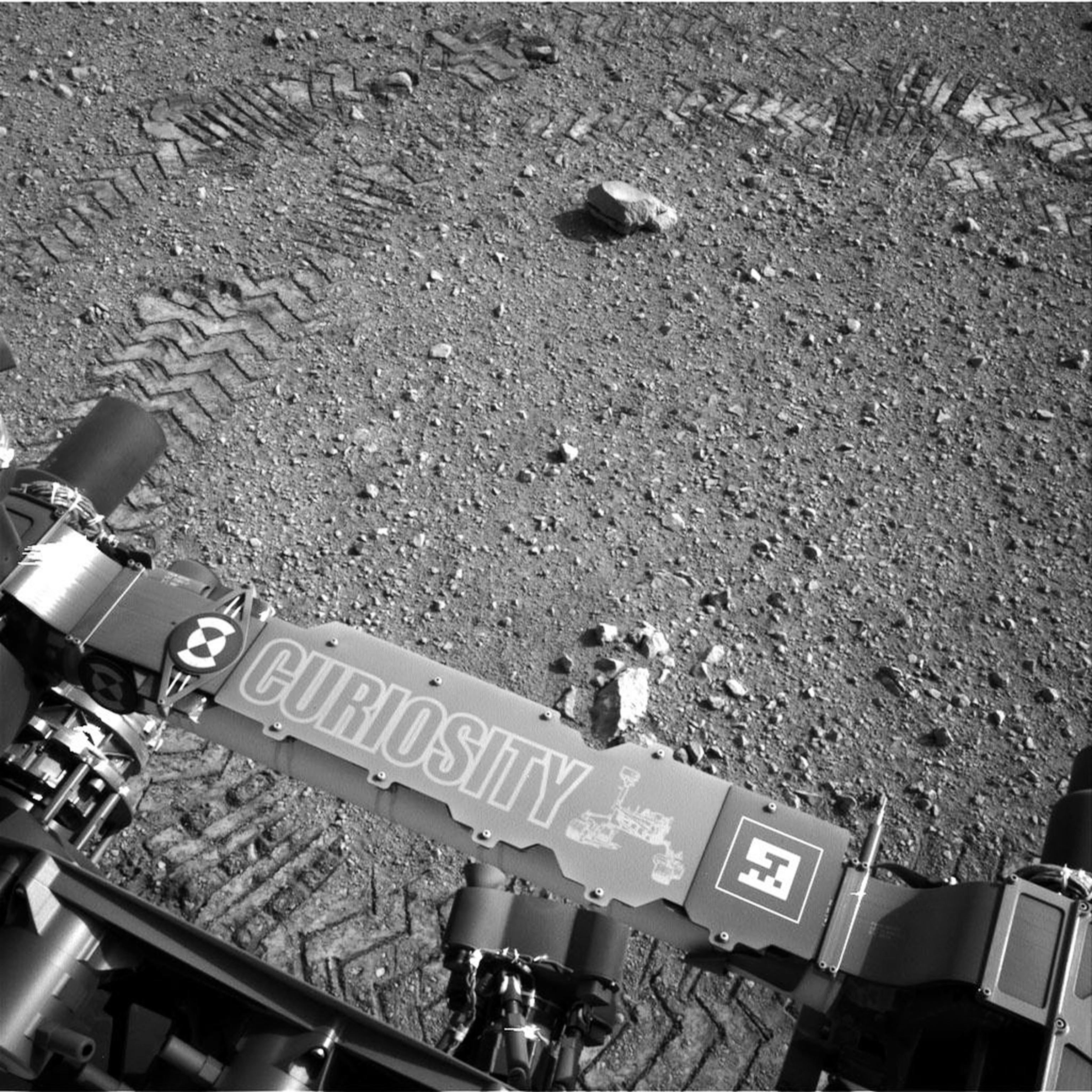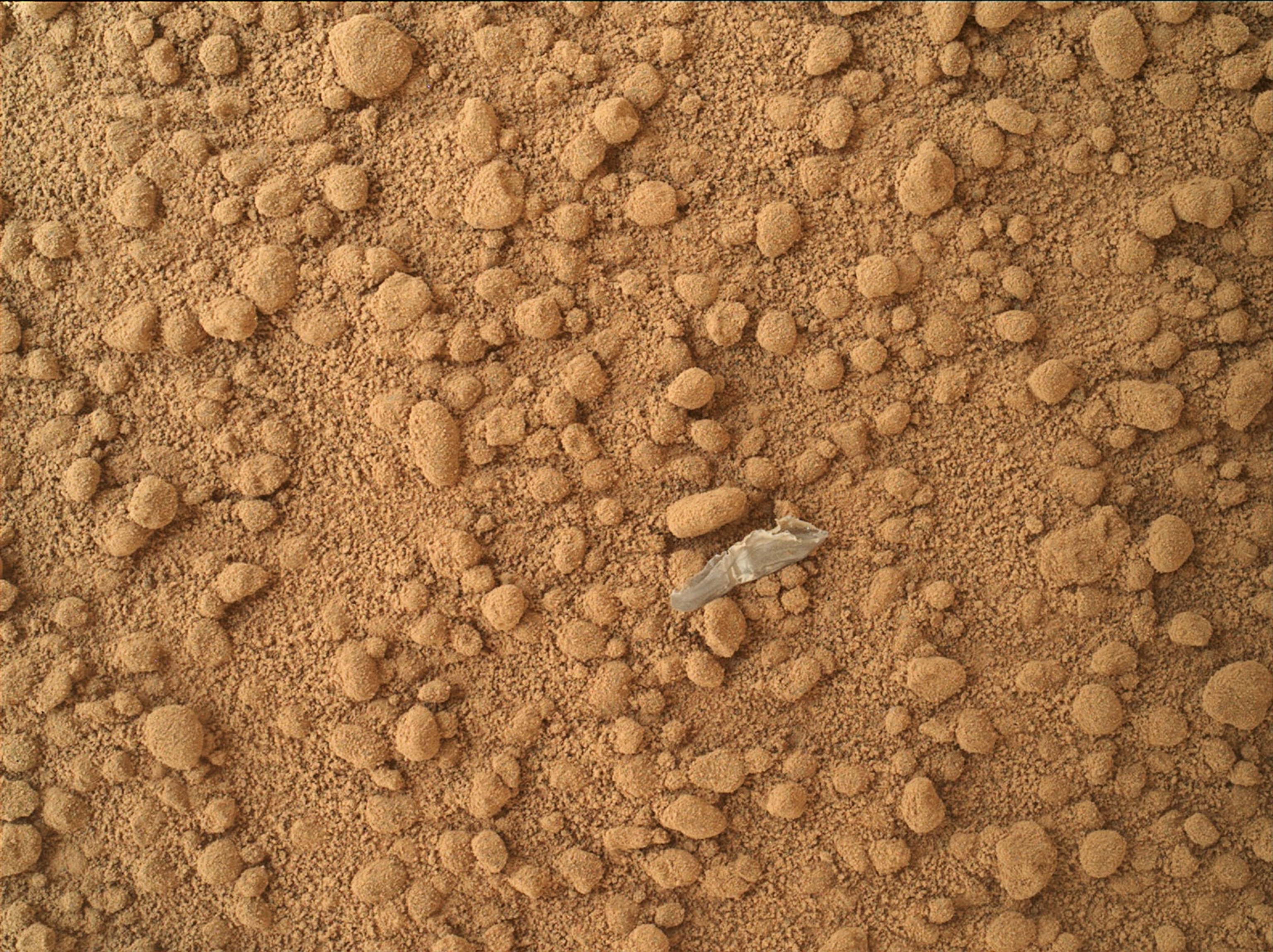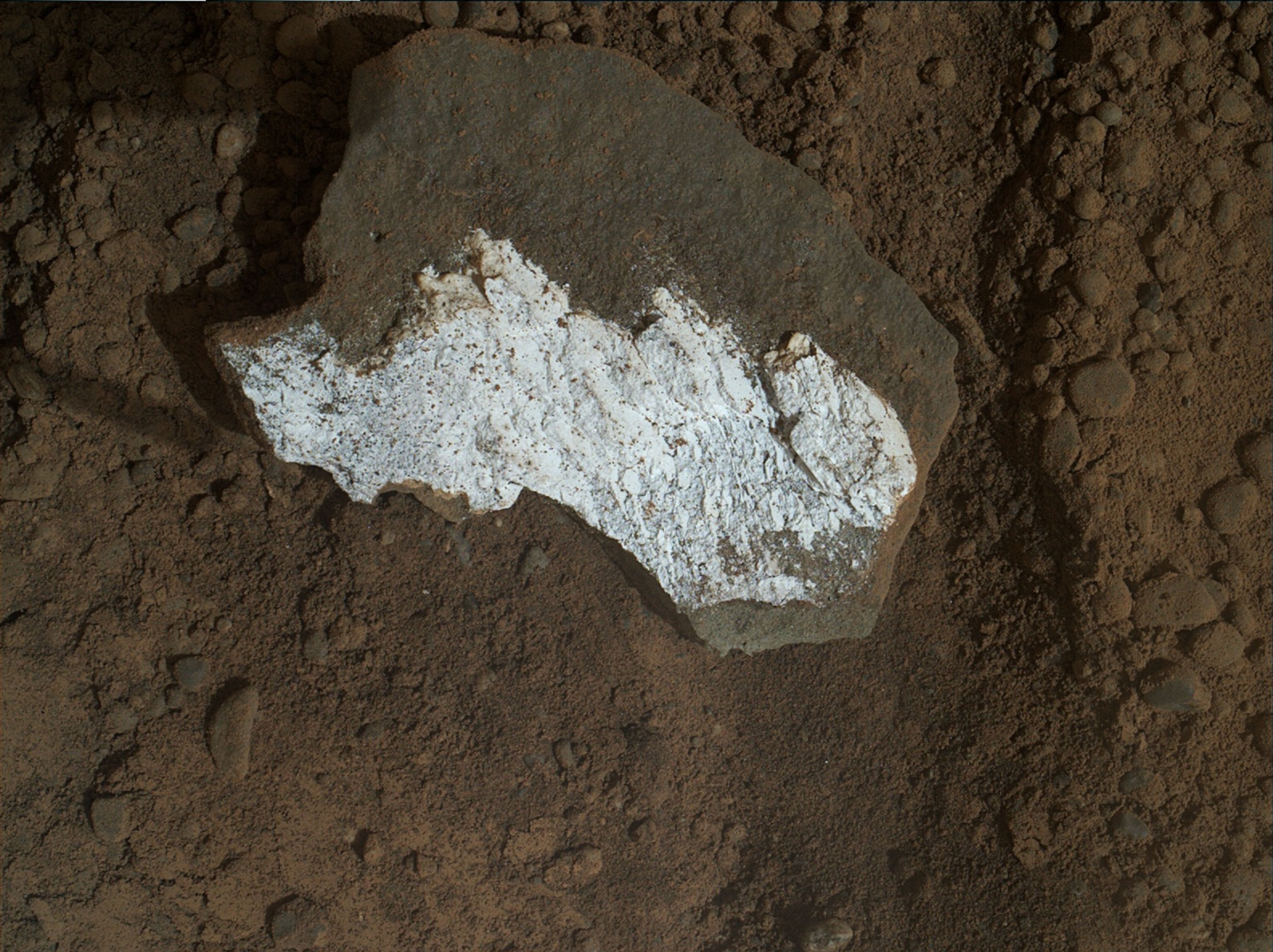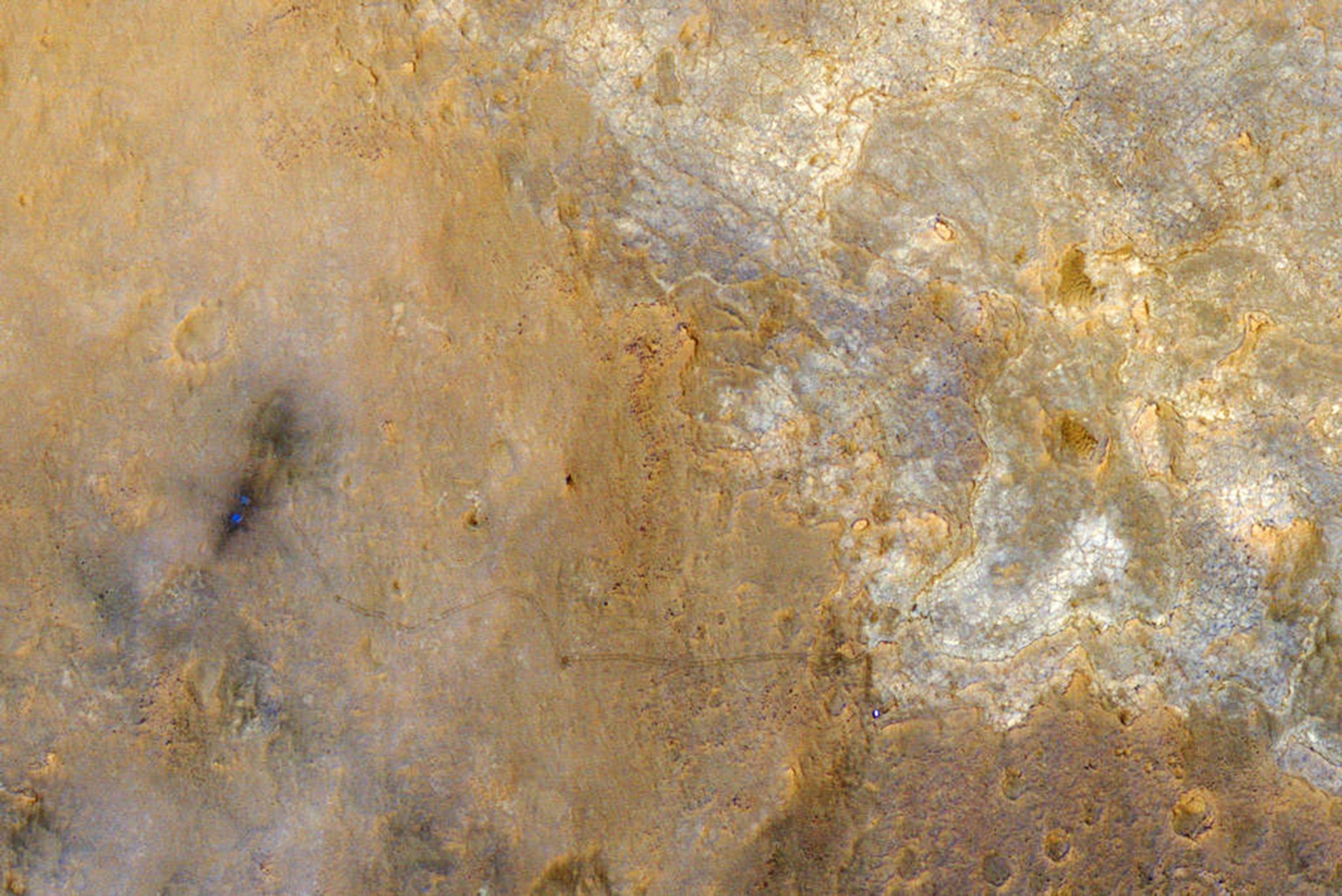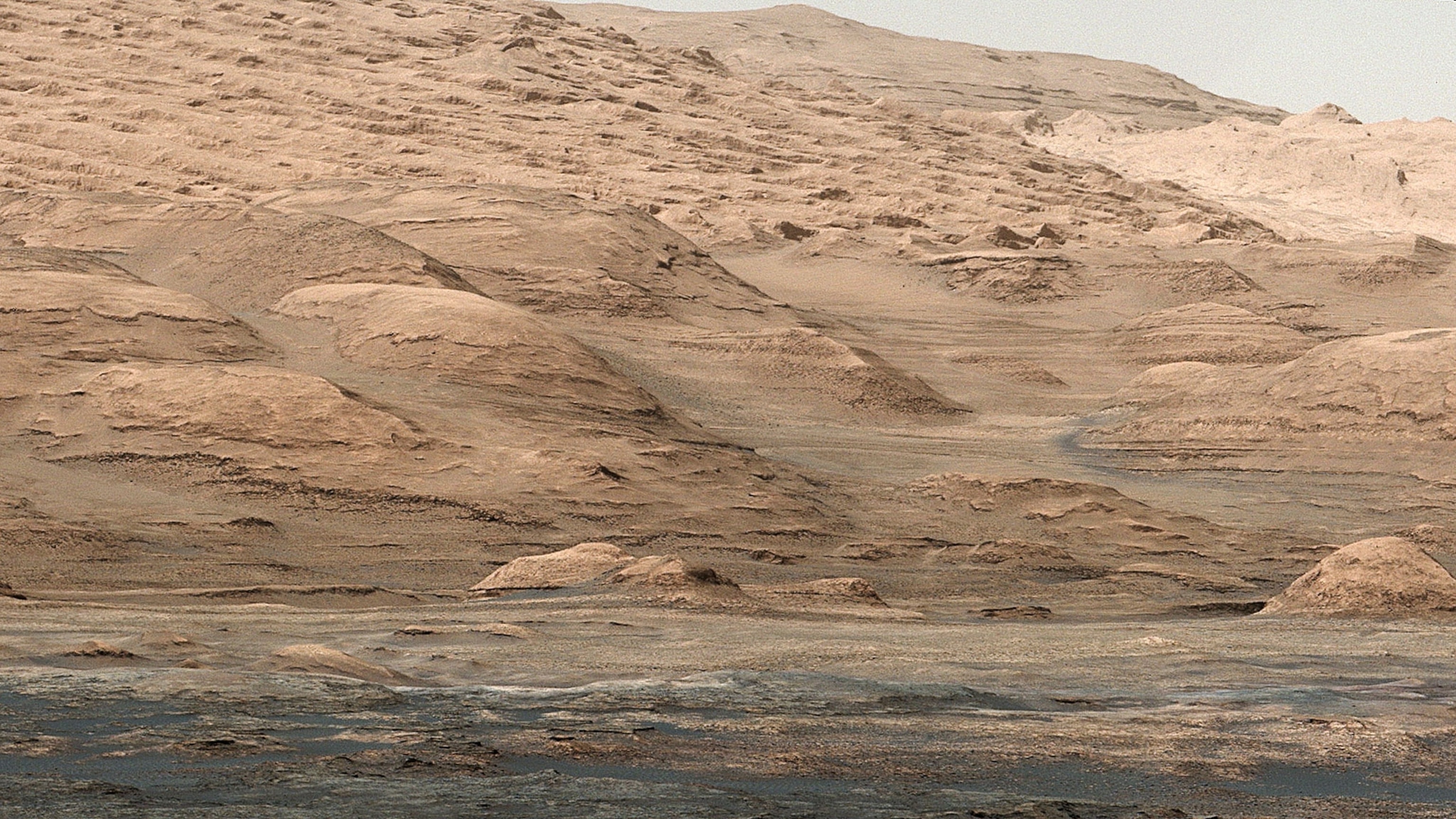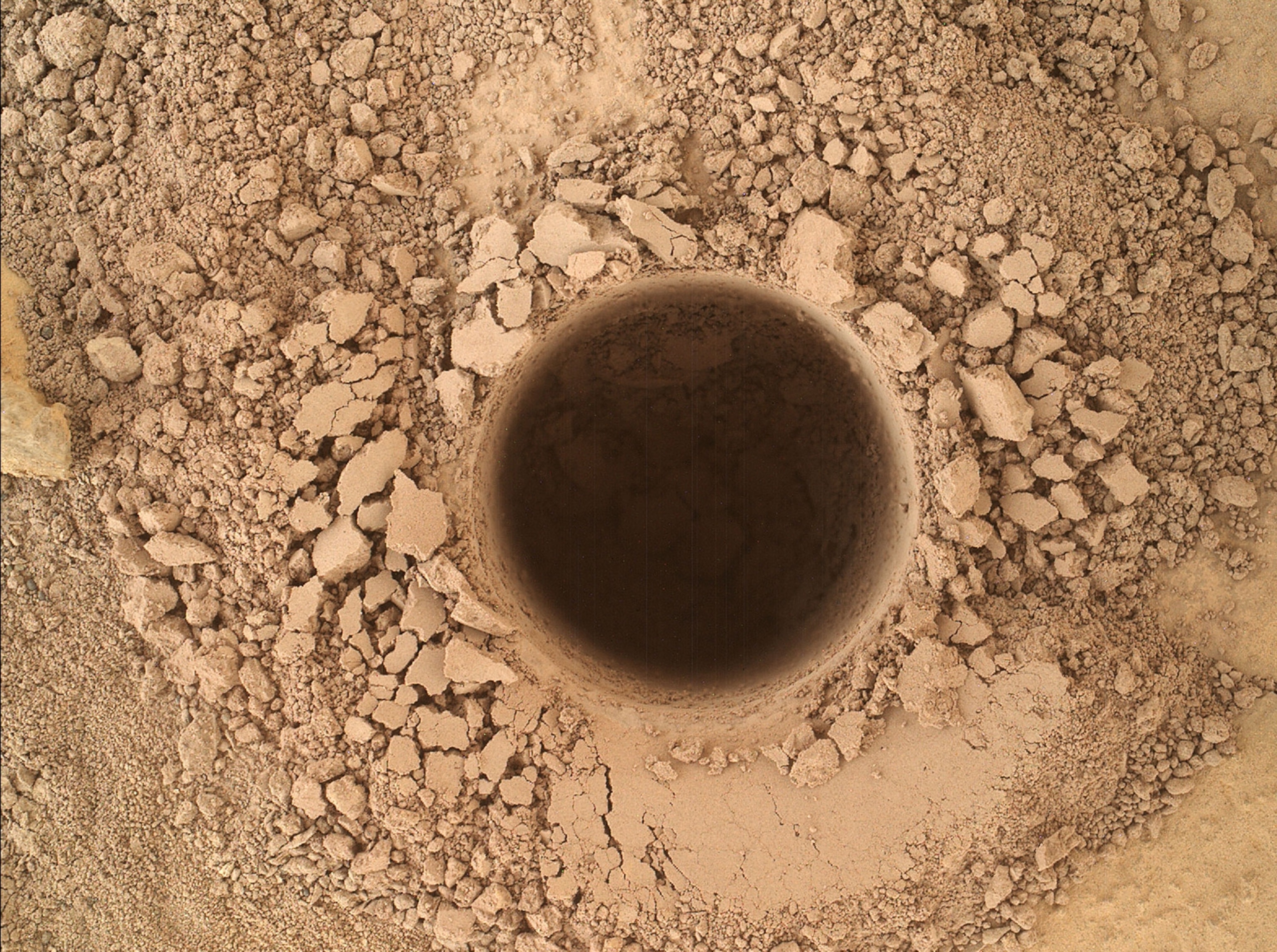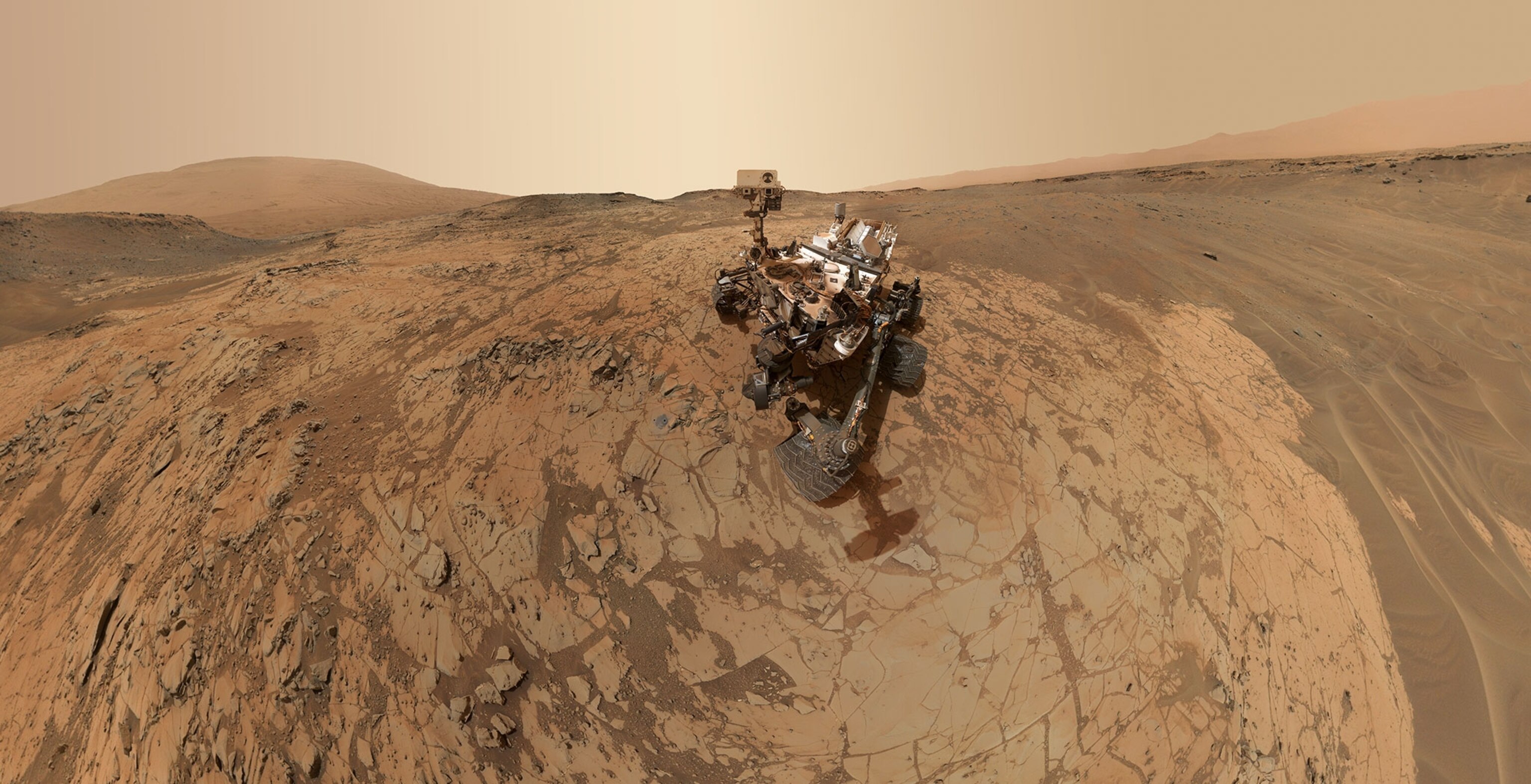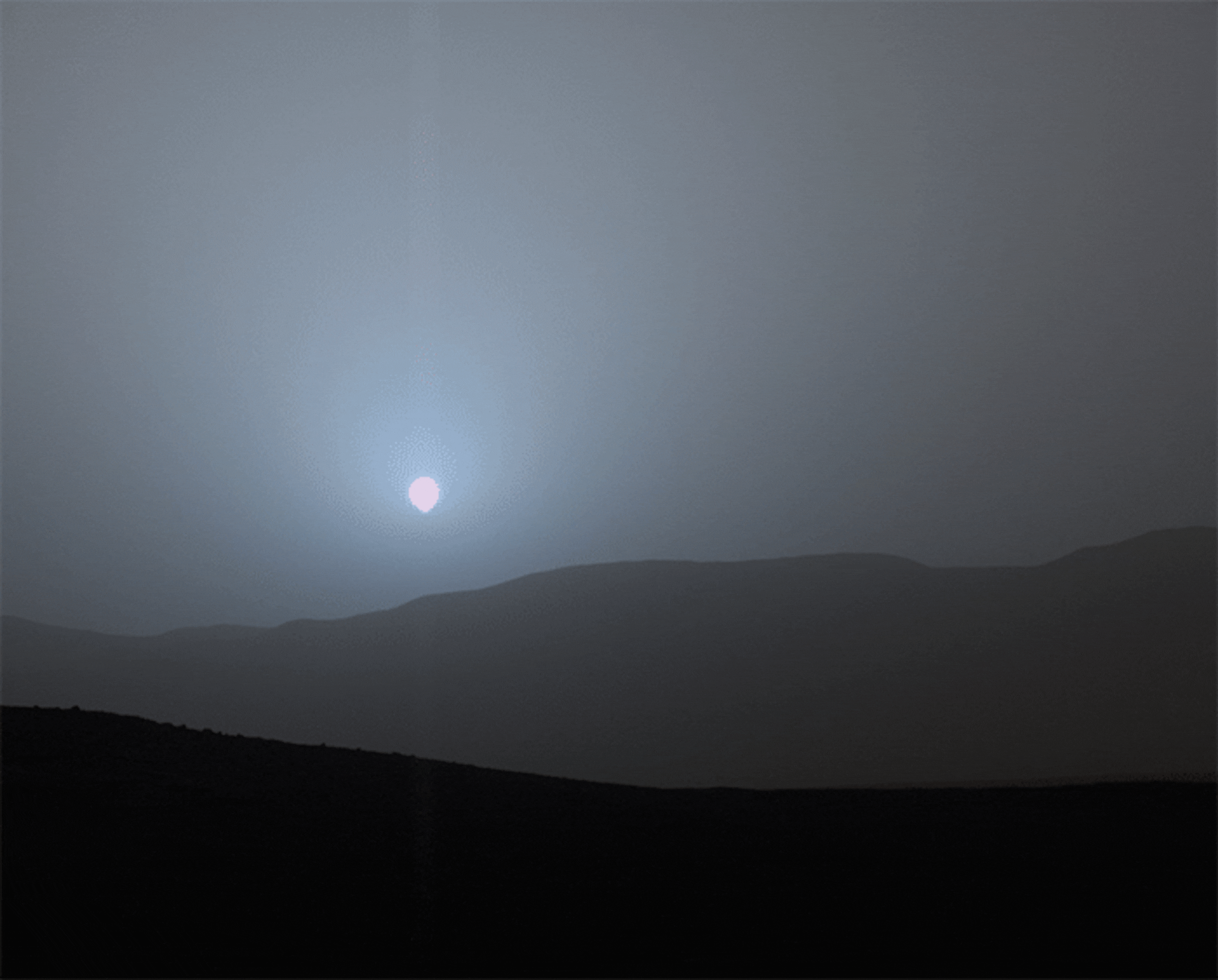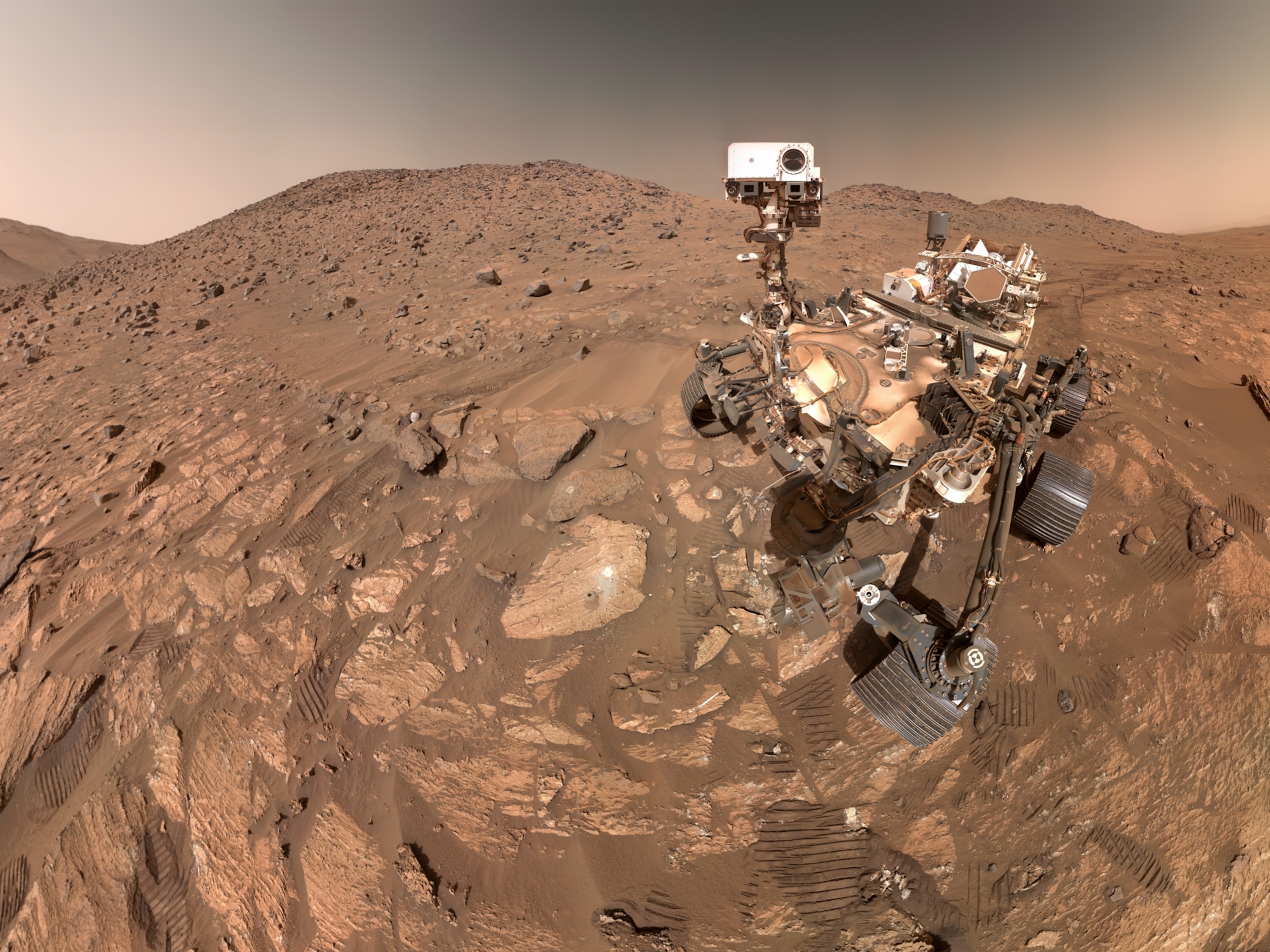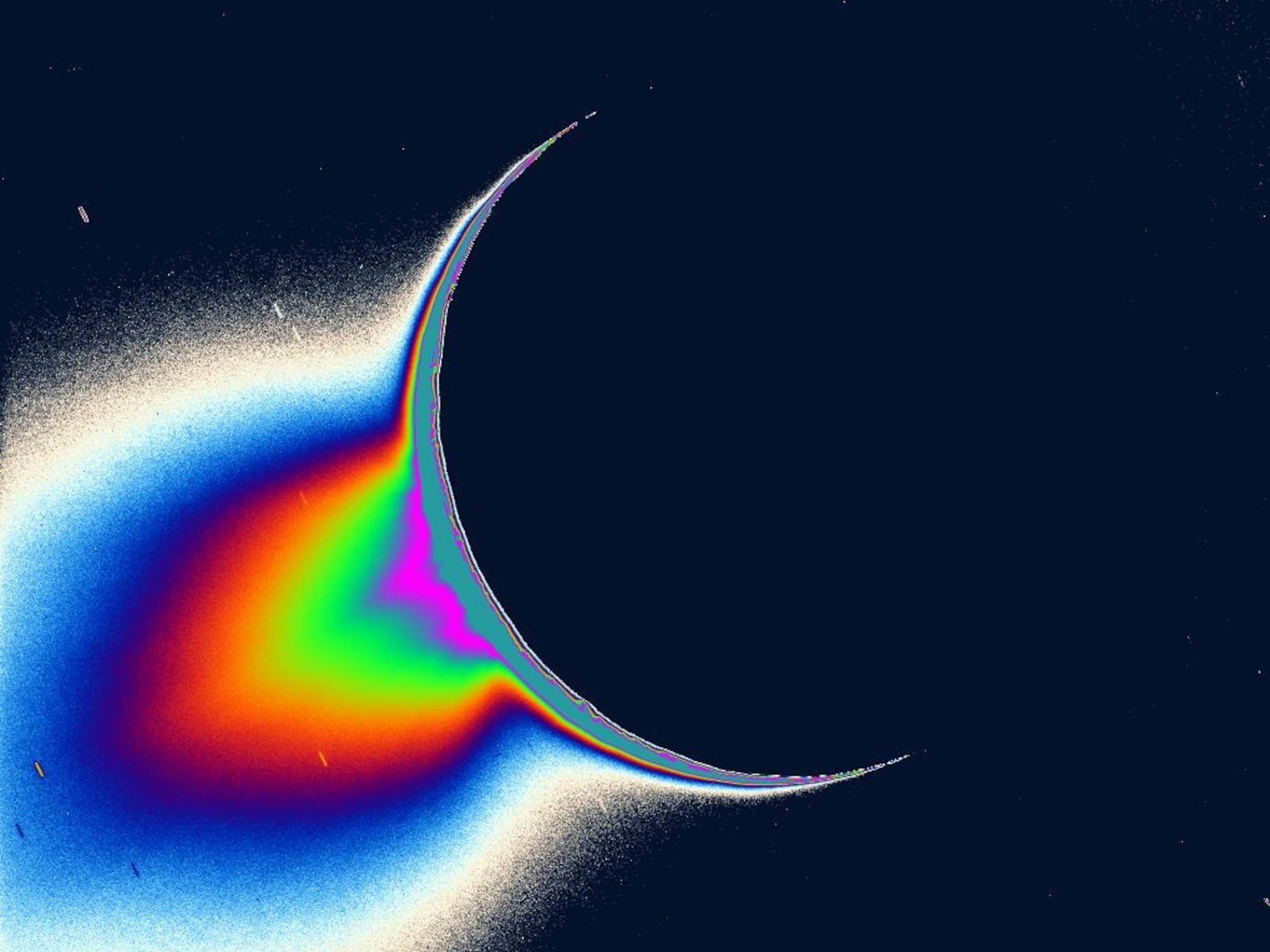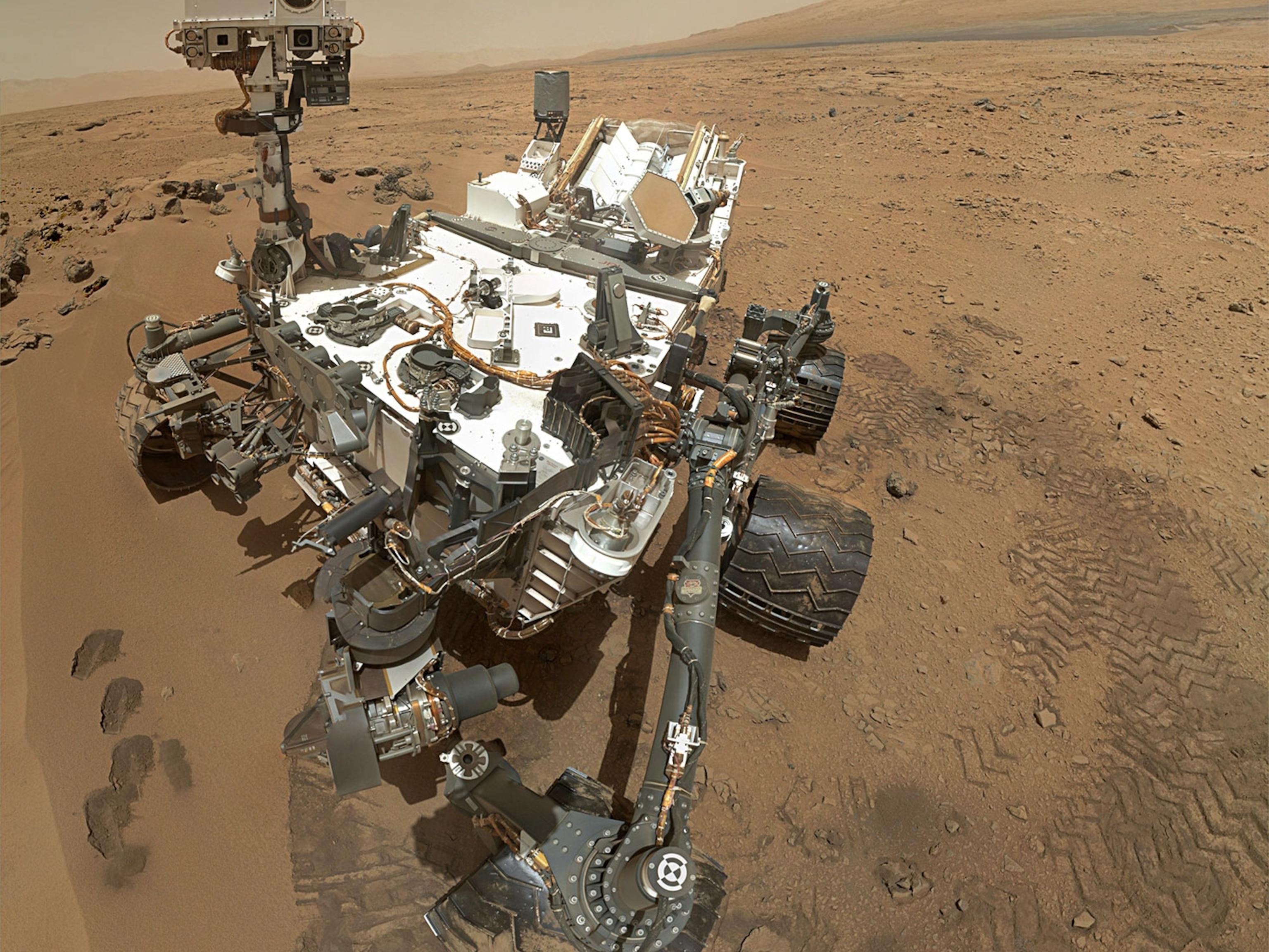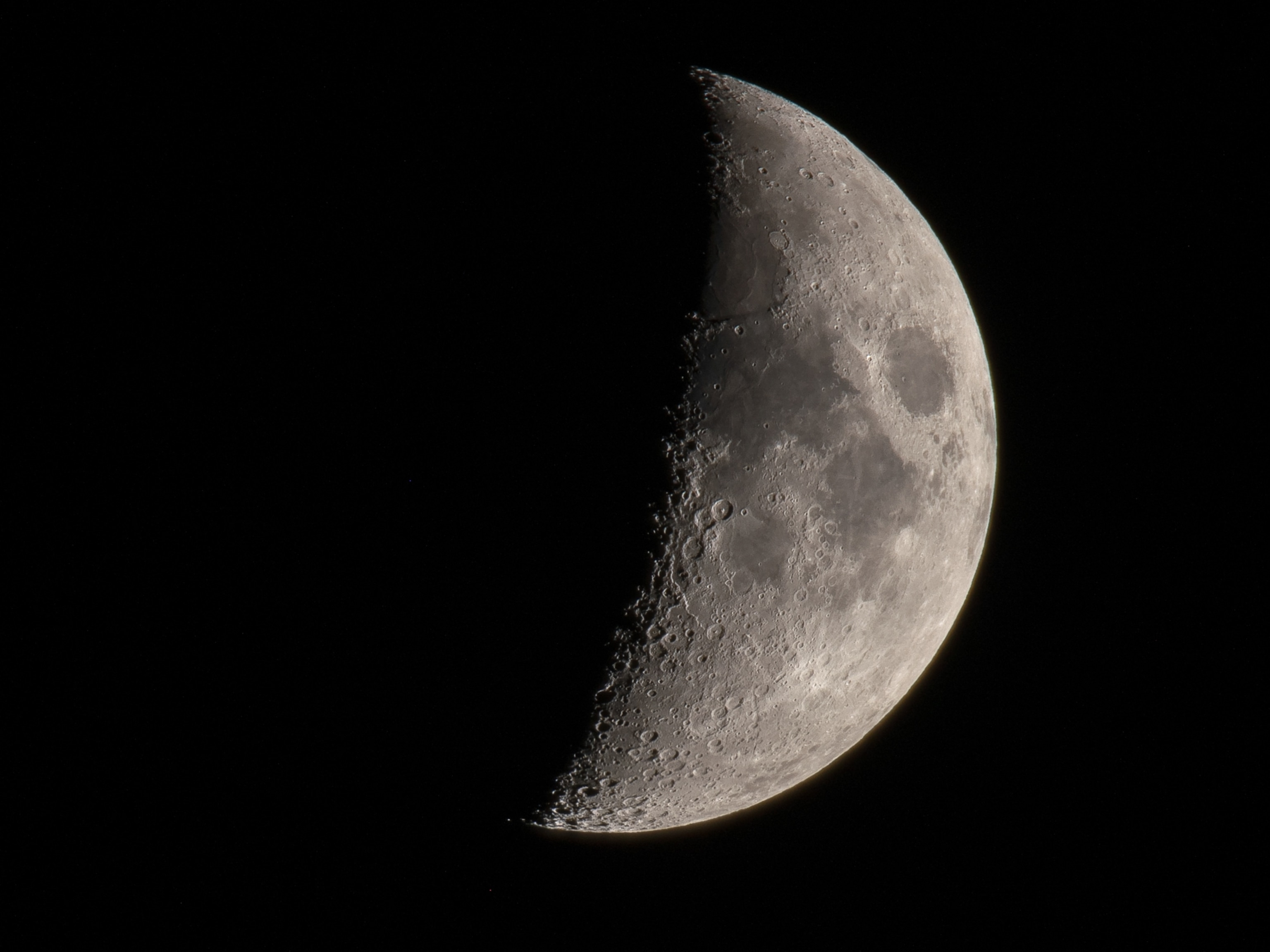3 Years on Mars! Curiosity Rover's Amazing Journey in Pictures
As NASA prepares to launch a new rover to the red planet, Curiosity celebrates its action-packed journey.
Today marks the third Earth-year since NASA’s Curiosity rover made its nail-biting descent through Mars’s thin atmosphere, successfully landing on the dusty surface of the red planet.
Meanwhile, plans are under way for the next rover mission in 2020. The updated rover, equipped with a nimble helicopter to help navigate its bulky companion through the rocky terrain, will increase the distance the rover can drive in a day. The helicopter section is about the size of a tissue box, and will fly ahead of the rover to scout out the best routes and most interesting sites for exploration.
Curiosity has spent the last three years exploring Gale Crater—a low-lying region that scientists chose as the most likely spot to have held past life, if it existed. Since its triumphant arrival in the crater, the car-size "laboratory on wheels" has traversed nearly 11 kilometers (6.8 miles)—taking pictures, collecting samples, and analyzing rocks, says Ashwin Vasavada, deputy project scientist for the rover mission.
Early in the mission, the rover found evidence of an ancient freshwater lake in sediments of Yellowknife Bay, the lowest point of the crater. And although the rover hasn't confirmed whether the planet once held extraterrestrial life, the discoveries of past water as well as carbon-containing compounds and nutrients hint at the possibility.
The rover has now completed its yearlong trek to the base of Mount Sharp, a mountain of layered rocks towering over three miles high (five kilometers) in the middle of the Gale Crater.
These layers likely "captured a long record of time, just like the layers in the Grand Canyon," says Vasavada. By examining the layers one at a time, scientists hope to unravel the history of life on the now frozen desert.
In fact, the rover has given scientists such a tremendous amount of information about the planet that many small discoveries "never make the list," says Vasavada. For instance, researchers are tracking changes in methane in the Martian atmosphere, which fluctuate by up to a factor of ten for unknown reasons. The rover also monitors weather and the peculiar flow of winds inside the large basin of the Gale Crater.
Even after three years, the rover is healthy and has a lot of life in it. Speaking from the rover's perspective, "we don't feel like we are getting old yet," says Vasavada. "We still feel like we have a lot ahead of us."

